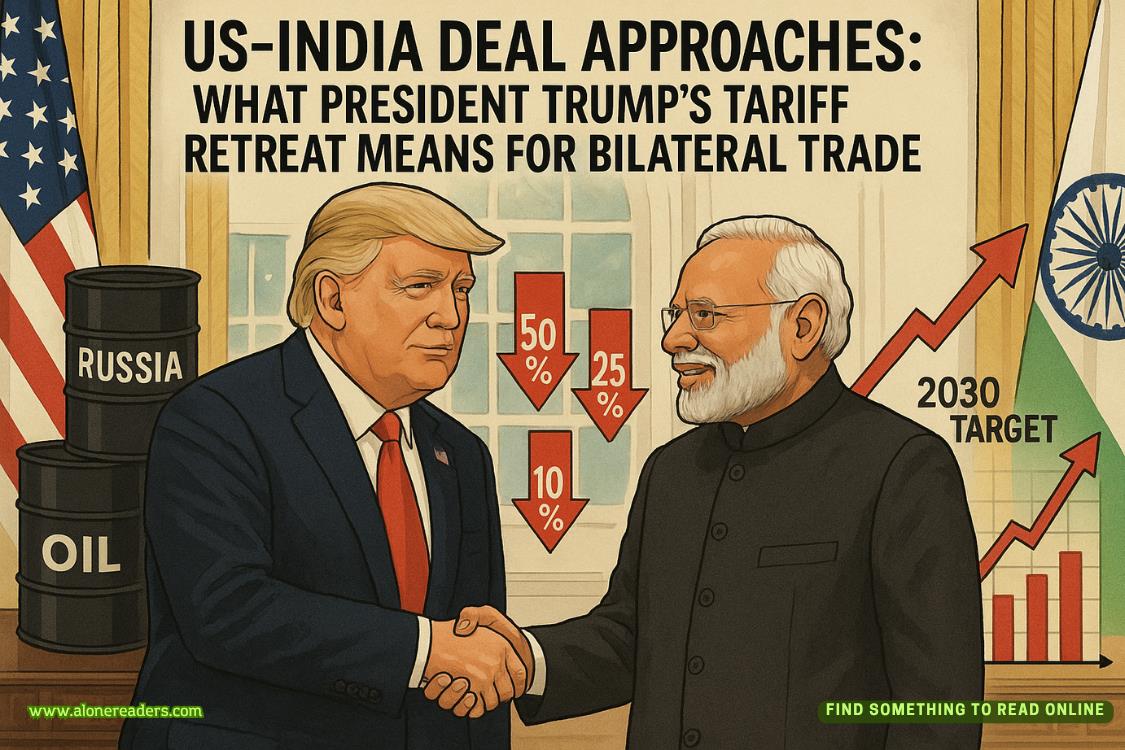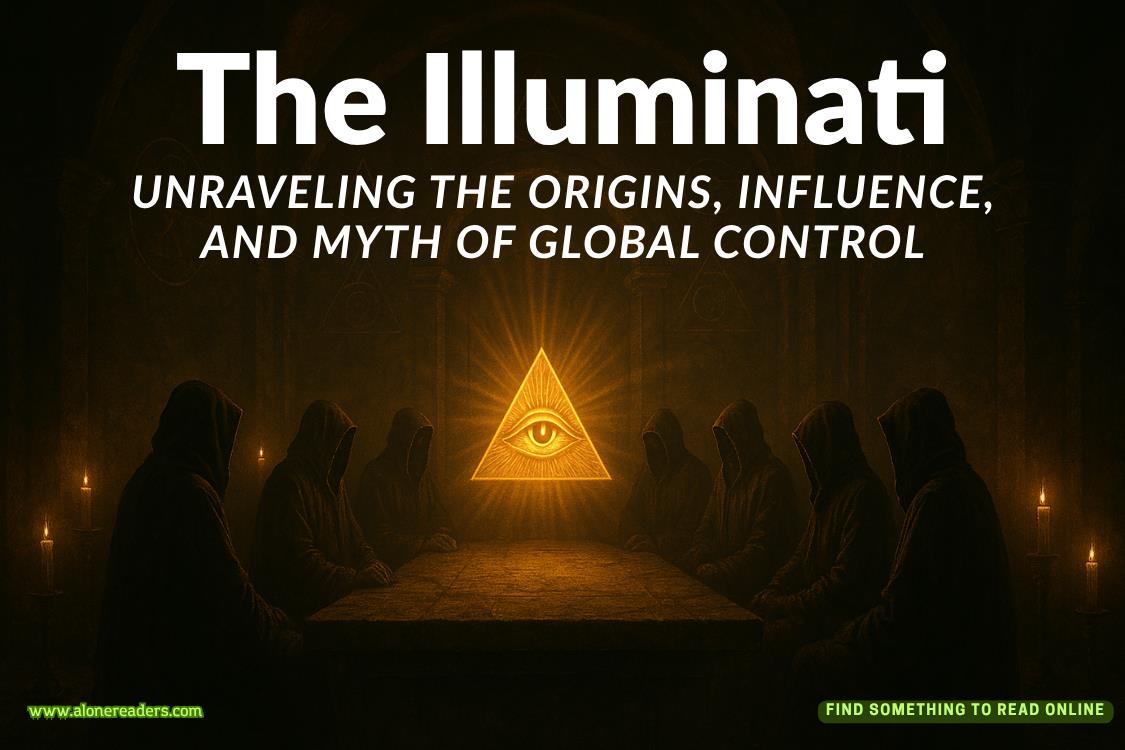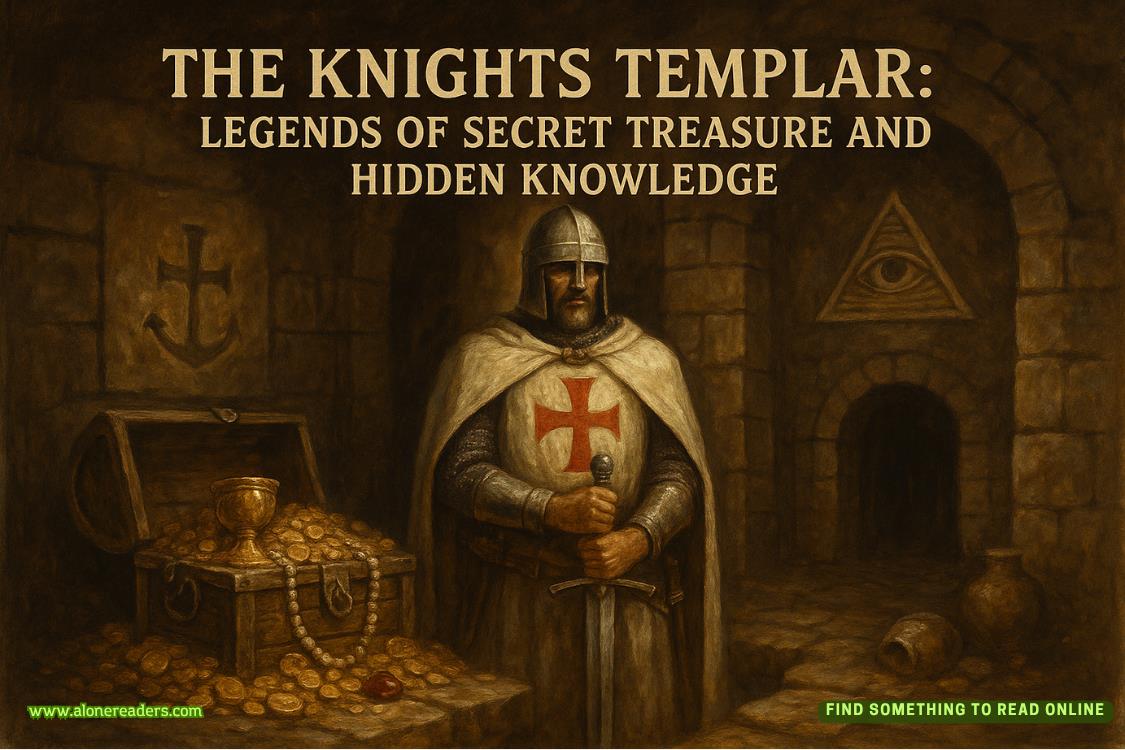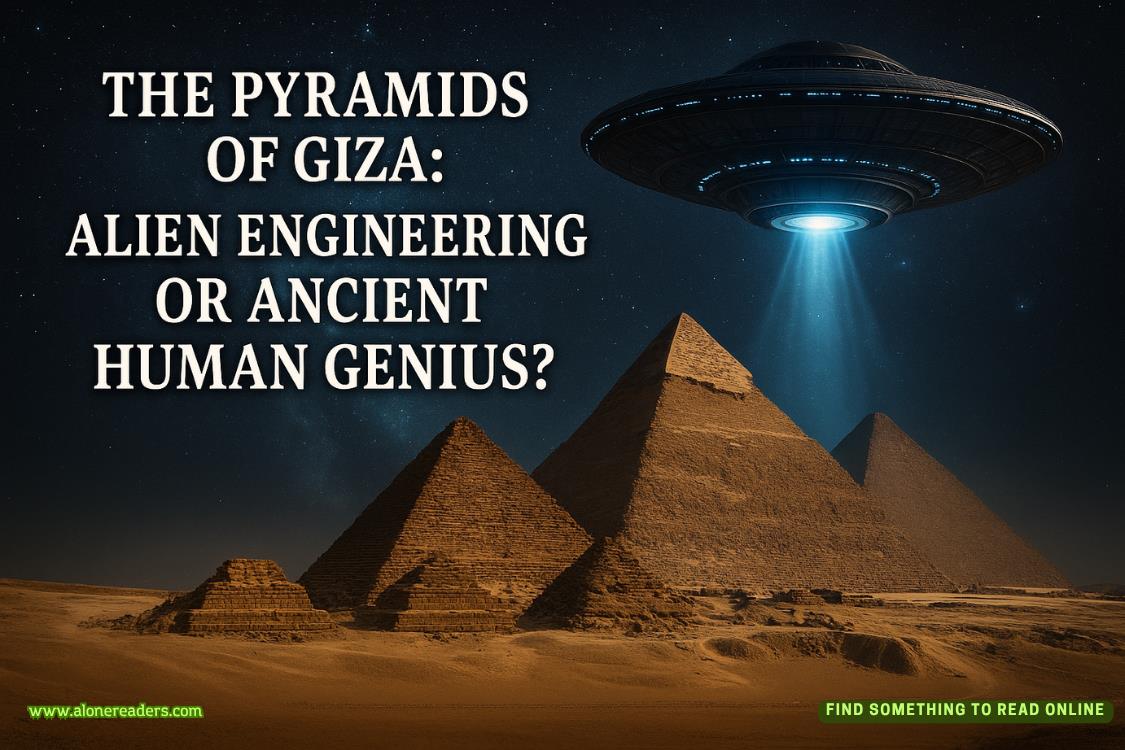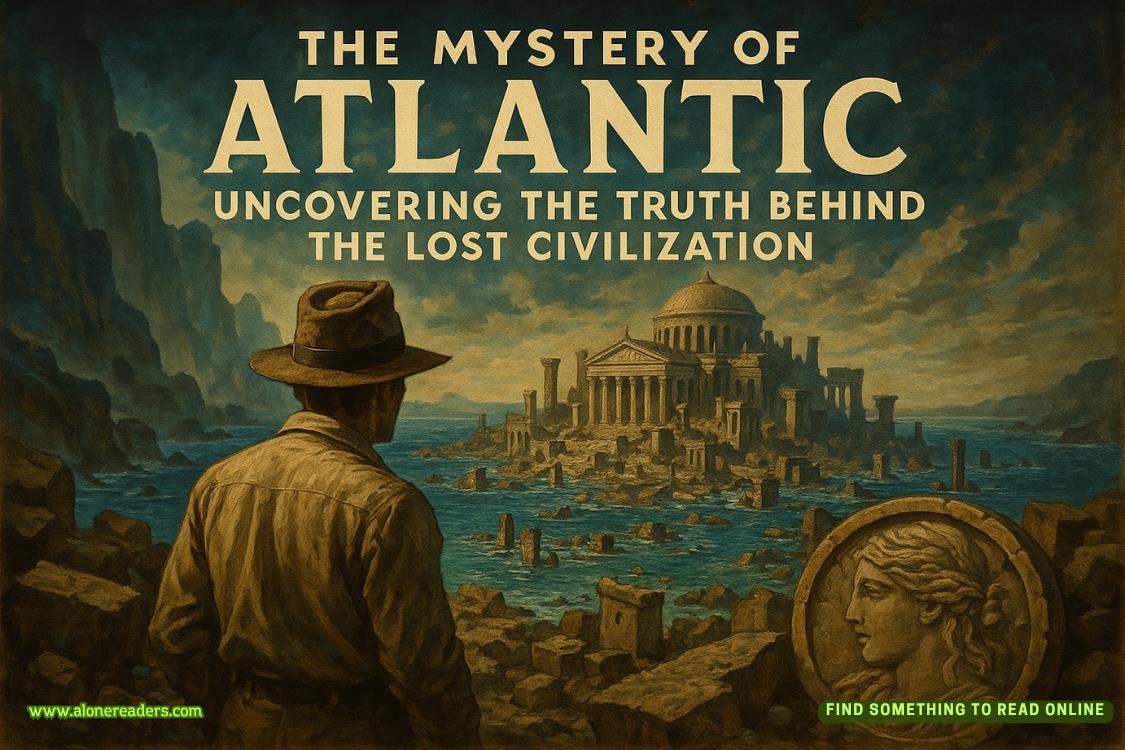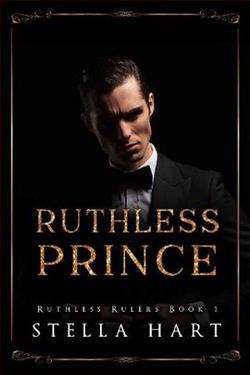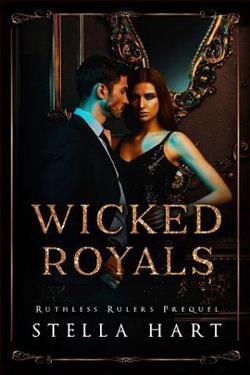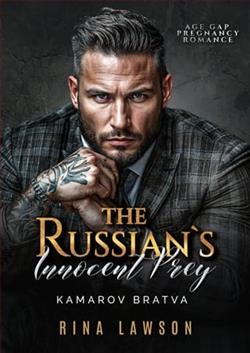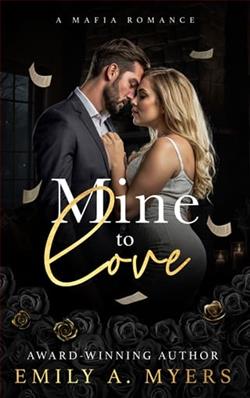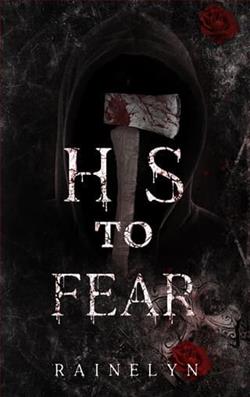Page 46 of Hang on St. Christopher
“He’s retired from trigger pulling, but he paid his dues. We believe he was one of the shooters at Sion Mills...”
Crabbie and I both remembered that incident. A bus full of workers was returning from a textile plant in South Armagh. They were all blue-collar guys, all friends. Masked men from the IRA stopped the van, and the Protestant workers were separated from the Catholics then lined up against a wall and summarily machine-gunned to death. Fathers, sons, brothers, even a grandfather—innocent men whose only crime was to have been born Protestant. A few days later, the UVF murdered a group of random Catholic workers waiting for a bus, and so the cycle of hatred continued on its merry way, atrocity following atrocity as the Troubles spiraled ever downward. The men behind the Sion Mills massacre had never been caught.
“What exactly do you know about this John Doe and his phone calls?” O’Neill asked.
“We don’t know anything. All we know is that our mysterious victim only made or received phone calls to that phone box on Point Road, and only that phone box called him. What do you make of that?” I said, handing over the phone records for O’Neill to look at.
“Almost all the calls were made in the morning, when Brendan probably would have been at the bowling club,” O’Neill said, handing back the phone records.
O’Neill had missed the next obvious step, so I gave him a nudge. “Do you want to take these records and maybe compare them with your OP logs? Was Brendan at the club or observed making phone calls at the time my John Doe was making calls to Dundalk?” I suggested as gently as I could.
O’Neill frowned. “It’ll require a bit of work, that,” he said.
I reached into my wallet and showed him the crime scene Polaroid of the victim. “That’s Mr. Townes.”
O’Neil shook his head. “Doesn’t ring any bells.”
“But if you wouldn’t mind showing the photograph around the station?”
“Okay.”
The photograph was already with Interpol, so in theory the station should already have it. But if the coppers here were like the coppers north of the border, you rarely paid attention to those Interpol faxes and alerts.
“We have to continue to Dublin to see Mr. Townes’s tailor, but we’ll call back here in the afternoon. Will that give you enough to make your inquiries?” I asked, again, trying not to step on toes and being as polite as I could possibly be.
O’Neill was no dummy. He could see that I was railroading him into doing legwork for us, but he didn’t mind too much. If Brendan O’Roarke was somehow mixed up in the death of an artist north of the border, it would be more grist for the mill. Sooner or later, the weight of evidence against O’Roarke would be enough to drag him into court for something, anything...
O’Neill smiled. “To be honest I’ve got nothing else going on today. This shouldn’t take too long.”
“That’s great. We’re heading on to Dub and we’ll be back about three o’clock, I think.”
“What’s the thing about the tailor, if I may ask?”
I explained the tailor angle, and O’Neill nodded. “That’s a good idea. Those old firms generally keep meticulous records,” he said.
Thus encouraged, we drove down to Dub.
The Republic of Ireland was clearly booming. What everyone was now calling the Celtic Tiger economy was evident in the drive from Dundalk to north Dublin. For perhaps the first time in two hundred years, young people weren’t emigrating en masse; instead, they were getting work in software development and at call centers and at the new manufacturing plants for home computers and mobile phones. Even the road itself was an impressive two-lane dual carriageway that was in the process of being turned into an even more impressive motorway, thanks to money from the European Union’s Structural Fund.
We hit O’Connell Street just before noon, and I found a place to park in the Temple Bar.
The tailor’s was just off Rankin Street. I got the jacket out of the Beemer’s boot and looked ruefully at the Picassos.
If our car got nicked down here, there would be hell to pay.
Crabbie did his Vulcan mind-reading thing. “Car thefts aren’t as common as they used to be in Dub,” he said.
“I hope you’re right, mate.”
As we went inside the tailor’s, a little bell sounded and we time-traveled back about thirty years: mannequins in tweeds, mannequins in dark three-piece suits, mannequins in blazers and hunting pink and shooting jackets. This was the place where the Anglo-Irish gentry and upmarket Dublin lawyers got their suits made. Maybe the odd rich American in love with the costumes ofThe Quiet Man.
Still, I wondered how they competed with Savile Row. Why wouldn’t upmarket Dublin lawyers and the Anglo-Irish gentry just pop over to London?
I quickly found out when I looked at some of the sample prices on the sport jackets.
“Six hundred quid!” I said to Crabbie.
“This suit is a thousand,” he replied in amazement.


